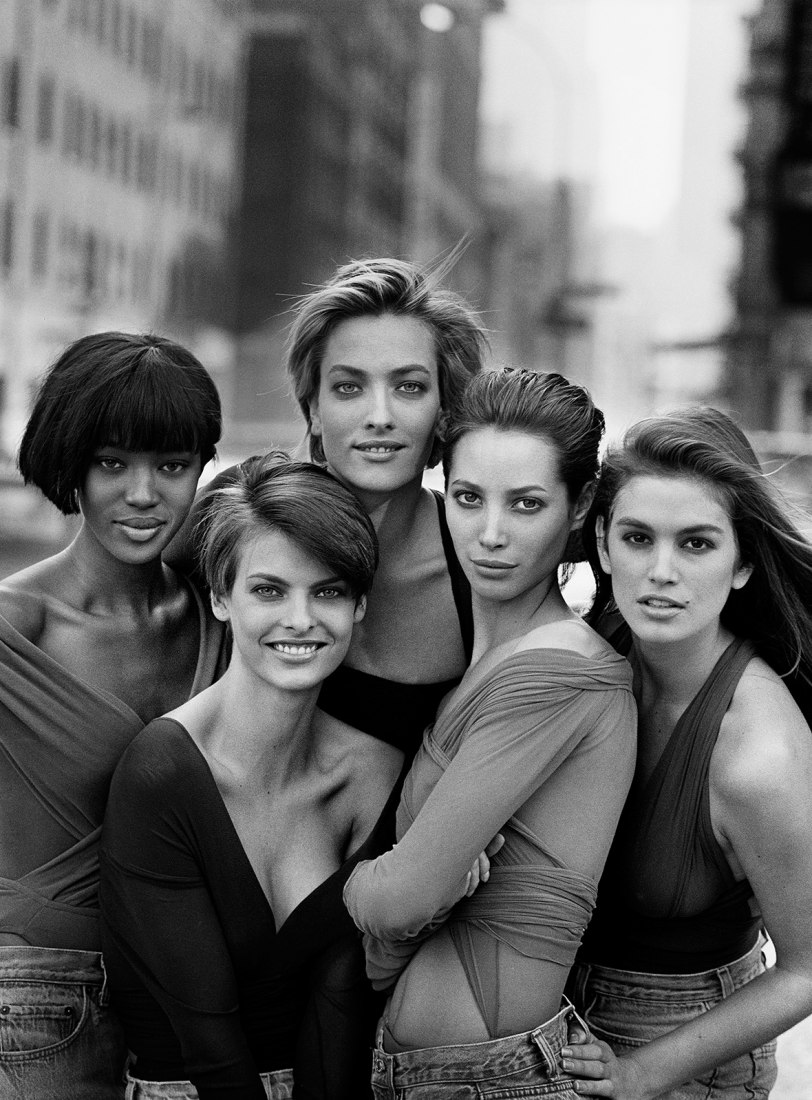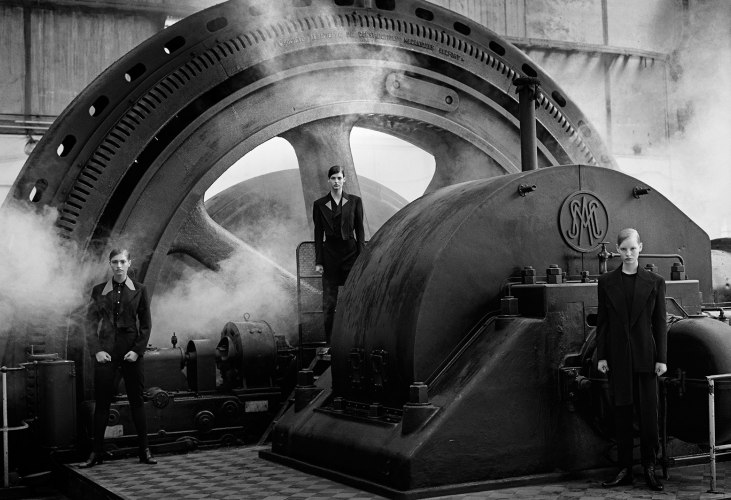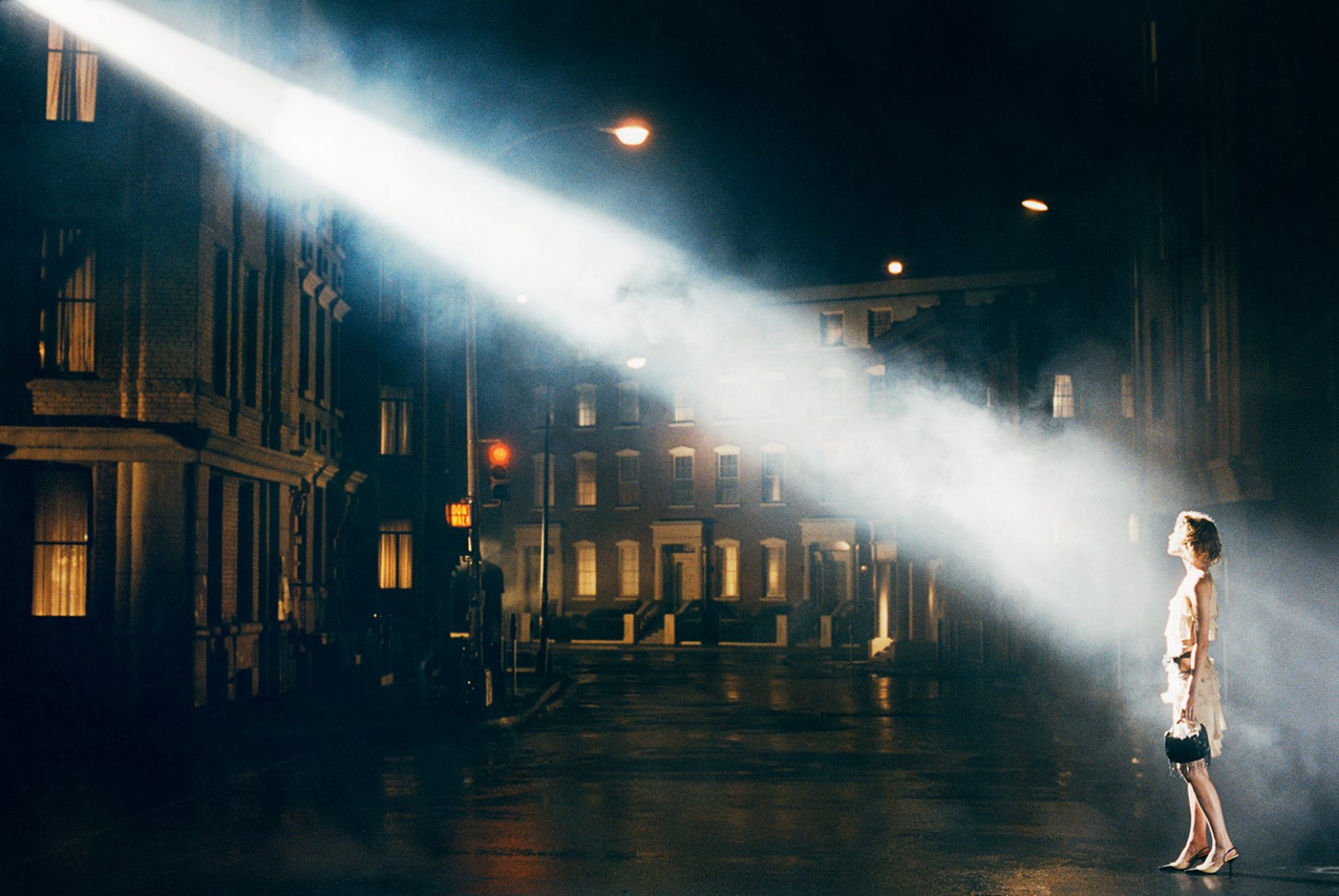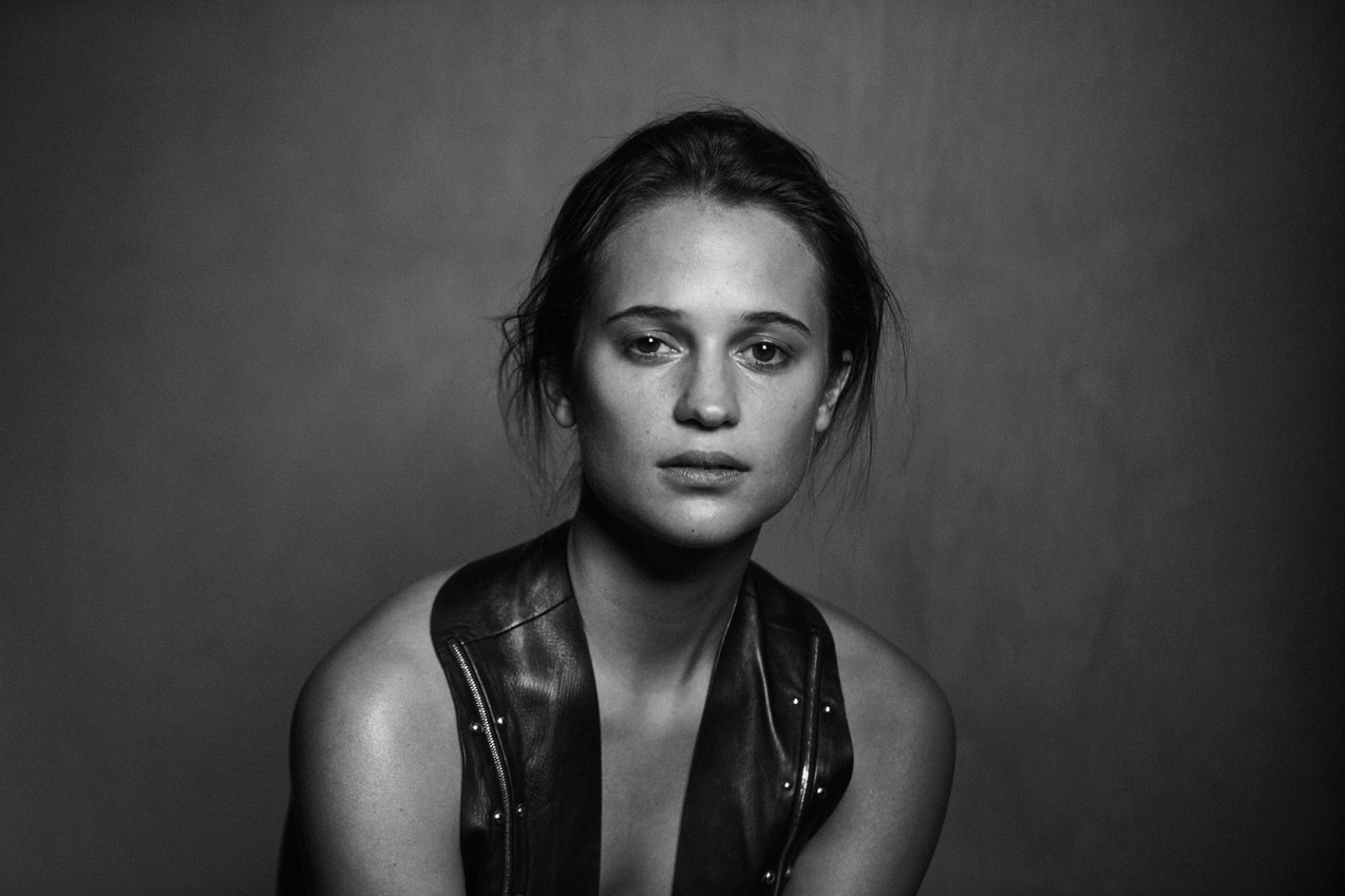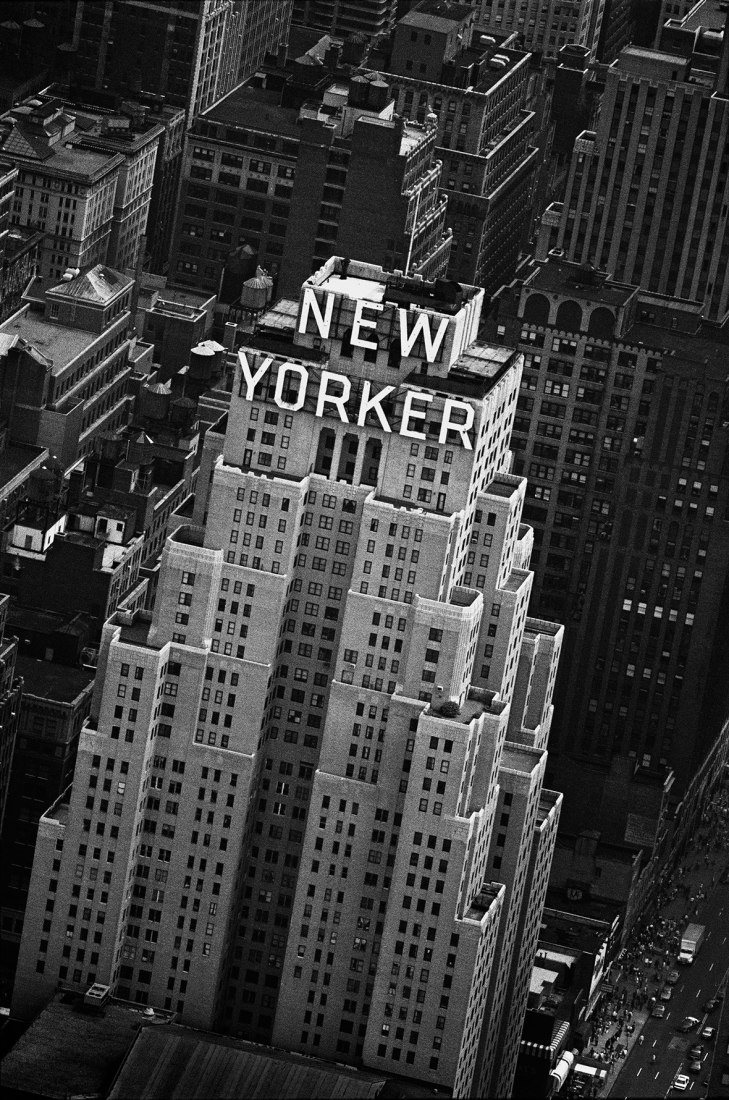Peter Lindbergh. Born in Lissa (in German occupied Poland) in 1944, he spent his childhood in Duisburg (North Rhine-Westphalia). He worked as a window dresser for a local department store and enrolled in the Berlin Academy of Fine Arts in the early 1960’s. He remembered these years: “I preferred actively seek out the inspirations of Van Gogh, my idol, rather than painting the mandatory portraits and landscapes taught in art schools...”
Inspired by the work of Van Gogh, he moved to Arles for almost a year, and then embarked on a journey hitchhiking through Spain and North Africa. He later studied free painting at the College of Art in Krefeld. Influenced by Joseph Kosuth and the Conceptual movement, he was invited before graduating to present his work at the renowned avant-garde Galerie Denise Ren - Hans Mayer in 1969.
After moving to Düsseldorf in 1971, he turned his attention to photography and worked for two years assisting German photographer Hans Lux, before opening his own studio in 1973. Becoming well known in his native country, he joined the Stern magazine family along with photography legends Helmut Newton, Guy Bourdin and Hans Feurer, and moved to Paris in 1978 to further his career.
Considered a pioneer in photography, he introduced a form of new realism by redefining the standards of beauty with timeless images. His humanist approach and idealization of women set him apart from the other photographers as he prioritized the soul and the personality. He changed drastically the standards of the fashion photography in times of excessive retouching, as he considered that there is something else that makes a person interesting, beyond their age. He explained: “This should be the responsibility of photographers today to free women, and finally everyone, from the terror of youth and perfection.”
Lindbergh was the first photographer to include a narrative in his fashion series, and his storytelling introduced a new vision of art and fashion photography. Over the years, he created images that marked the history of fashion photography, characterized by a minimalist approach to post-modernist photography. In 1988, Lindbergh garnered international acclaim by showing a new generation of models all dressed in white shirts that he had recently discovered and whose careers he launched.
A year later he photographed Linda Evangelista, Naomi Campbell, Cindy Crawford, Christy Turlington and Tatjana Patitz, young models then, together for the first time, for the legendary January 1990 Vogue UK cover.
Pop singer George Michael, the initiator of the “Supermodels” movement, later followed by Gianni Versace, was inspired by Lindbergh’s Vogue photographs to create the iconic video for his song “Freedom 90”, marking the beginning of the era of the celebrity models, which redefined the image of the modern woman.
Famous for his narrative fashion series, Lindbergh’s work is best-known for his simple and revealing portraits, his still lifes and his strong influences from early German Cinema and industrial surroundings of his childhood, dance and cabarets, but also landscapes and outer space. Lindbergh worked with the most prestigious fashion brands and magazines since the late 1970’s, including international editions of Vogue, The New Yorker, Rolling Stone, Vanity Fair, Harper’s Bazaar US, Wall Street Journal Magazine, The Face, Visionaire, Interview and W.
His work is part of many permanent collections of art museums around the world and has also been shown in prestigious museums and galleries. Among these are the Victoria & Albert Museum (London), Centre Pompidou (Paris) and the exhibition A Different Vision on Fashion Photography at Rem Koolhaas’ Kunsthal in Rotterdam (2016), as well as solo exhibitions at Hamburger Bahnhof (Berlin), Bunkamura Museum of Art (Tokyo) and the Pushkin Museum of Fine Arts (Moscow).
Lindbergh directed a number of critically acclaimed films and documentaries; Models, The Film (1991); Inner Voices (1999), which won the Best Documentary prize at the Toronto International Film Festival in 2000; Pina Bausch, Der Fensterputzer (2001) and Everywhere at Once (2007), which was narrated by Jeanne Moreau and presented at the Cannes and Tribeca Film Festivals. Lindbergh passed away on 3 September 2019. He is survived by his wife, Petra Sedlaczek and their four children.

